Table of content
Making preserved meat, often referred to as “jiangrou” in Chinese cuisine, is a traditional method of preserving meat by seasoning and fermenting it. This process not only enhances the flavor but also extends the shelf life of the meat. Whether you’re a seasoned chef or a home cook eager to explore new culinary horizons, learning how to make your own preserved meat can be a rewarding endeavor. This comprehensive guide will walk you through the entire process, from selecting the right meat to storing the finished product, ensuring you end up with a delicious and safely preserved dish.
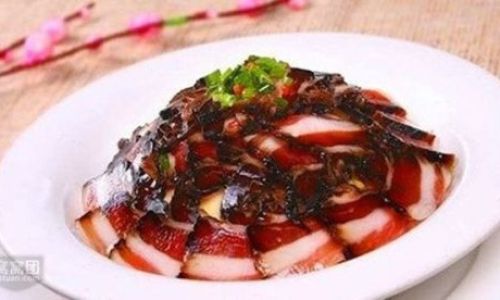
Understanding the Basics of Preserved Meat
Before diving into the recipe, it’s crucial to understand the fundamentals of preserved meat. The primary goal is to create an environment that inhibits the growth of harmful bacteria while allowing beneficial fermentation to occur. This is achieved through a combination of salt, spices, and sometimes sugar, which act as natural preservatives. The meat is then allowed to sit for an extended period, allowing flavors to meld and develop.
Ingredients and Equipment
Ingredients:
- Meat: Pork belly or shoulder is commonly used due to its high-fat content, which contributes to the final texture and flavor. However, you can also use beef or chicken if preferred.
- Salt: Essential for preserving the meat and drawing out moisture.
- Sugar: Adds sweetness and helps balance the saltiness.
- Spices: Common choices include Sichuan peppercorns, star anise, cinnamon, cloves, and fennel seeds. These spices not only flavor the meat but also contribute to its preservation.
- Rice wine or Shaoxing wine: Adds depth of flavor and acts as a preservative.
- Dark soy sauce: Provides color and additional flavor.
- Ginger and garlic: For aroma and flavor.
Equipment:
- Large mixing bowl: For combining ingredients.
- Clean cloth or cheesecloth: For covering the meat during fermentation.
- String or twine: For tying up the meat if necessary.
- Airtight containers or jars: For storing the finished product.
- Weights: Such as a heavy plate or stones, to keep the meat submerged in its marinade.
- Sharp knife and cutting board: For preparing the meat.
- Measuring cups and spoons: For accuracy in measuring ingredients.
Step-by-Step Guide
Step 1: Preparing the Meat
-
Selection and Cleaning: Choose a piece of meat with a good fat-to-lean ratio. Trim off any excess fat or sinew, and thoroughly clean the meat under cold running water. Pat it dry with paper towels.
-
Cutting: Cut the meat into manageable pieces, typically around 2-3 inches thick. This size allows for even seasoning and fermentation.
Step 2: Making the Marinade
-
Combining Ingredients: In a large mixing bowl, combine the salt, sugar, spices, rice wine, dark soy sauce, minced ginger, and crushed garlic. Stir well to ensure all the spices are evenly distributed.
-
Taste Testing: Taste the marinade to ensure it has a balanced flavor. It should be slightly salty and slightly sweet, with a hint of spice. Adjust the seasoning as needed.
Step 3: Marinating the Meat
-
Coating the Meat: Place the meat pieces in the marinade, ensuring they are fully submerged. Use a spoon or your hands to massage the marinade into the meat, ensuring all surfaces are well-coated.
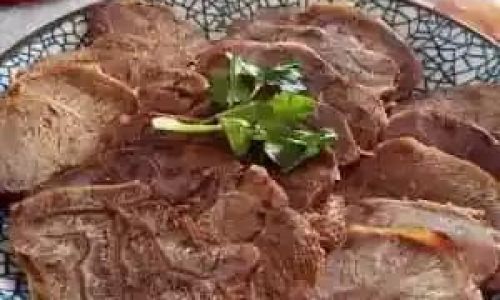
-
Covering and Refrigerating: Cover the bowl with a clean cloth or cheesecloth and secure it with a rubber band. Place the bowl in the refrigerator. Marinate for at least 3 days, preferably 5-7 days, turning the meat occasionally to ensure even seasoning.
Step 4: Preparing for Fermentation
-
Removing the Meat: After the marinating period, remove the meat from the marinade, allowing excess liquid to drip off. Discard the marinade.
-
Drying: Place the meat on a wire rack set over a tray and let it air-dry in a cool, well-ventilated area for about 6-8 hours. This helps develop the characteristic texture and flavor of preserved meat.
Step 5: Fermenting the Meat
-
Wrapping: Wrap the dried meat pieces individually in clean cloth or cheesecloth. Secure the wrapping with string or twine.
-
Hanging: Hang the wrapped meat in a cool, dark place with good air circulation. The ideal temperature for fermentation is between 68-77°F (20-25°C). Allow the meat to ferment for about 10-14 days. During this time, you may notice a slight change in color and texture, as well as a pleasant aroma developing.
Step 6: Cooking the Preserved Meat
-
Steaming: After the fermentation period, the meat is ready to be cooked. The traditional method is to steam it. Place the wrapped meat in a steamer basket and steam for about 2-3 hours, or until the meat is cooked through and tender.
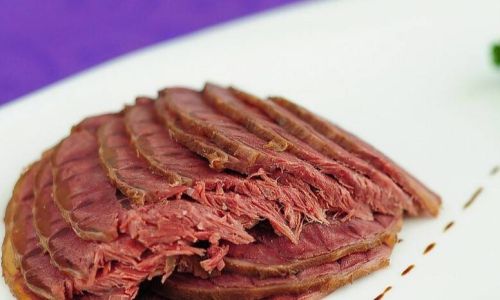
-
Alternative Cooking Methods: If steaming is not an option, you can also boil or bake the meat. Boiling typically takes around 1-2 hours, while baking at 325°F (163°C) can take 2-3 hours, depending on the size and thickness of the meat.
Step 7: Cooling and Storing
-
Cooling: Once cooked, allow the meat to cool completely at room temperature. This helps the flavors to meld further.
-
Storing: Wrap the cooled meat tightly in plastic wrap or store it in airtight containers. Label with the date and store in the refrigerator for up to 2 weeks or in the freezer for up to 3 months.
Tips for Success
- Quality Ingredients: Use high-quality ingredients for the best flavor. Fresh spices and good-quality soy sauce make a significant difference.
- Temperature Control: Maintaining the correct temperature during fermentation is crucial. Too warm can lead to spoilage, while too cold will slow down the process.
- Hygiene: Ensure all equipment and surfaces are clean to prevent contamination.
- Patience: The marinating and fermentation processes require time. Rushing these steps will compromise the final flavor and texture.
- Experimentation: Feel free to experiment with different spices and flavors to suit your taste preferences.
Serving Suggestions
Preserved meat is versatile and can be enjoyed in various ways. Slice it thinly and serve it as part of a dim sum feast, use it as a filling for buns or dumplings, or incorporate it into stir-fries and braises. Its rich, umami-laden flavor pairs well with vegetables, rice, and noodles.
Conclusion
Making your own preserved meat is a rewarding culinary project that combines tradition with creativity. By following this comprehensive guide, you’ll be able to create delicious, flavorful, and safely preserved meat that can be enjoyed in numerous dishes. Remember, the key to success lies in patience, attention to detail, and the use of quality ingredients. Happy preserving!
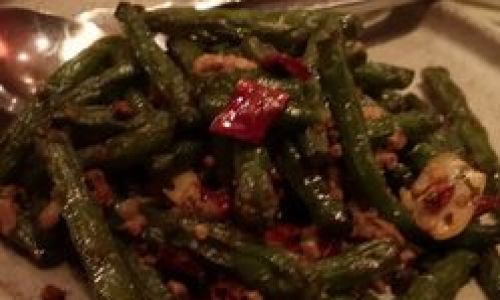
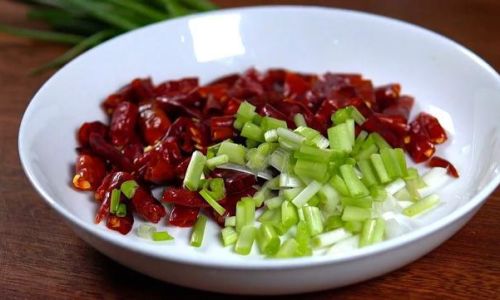
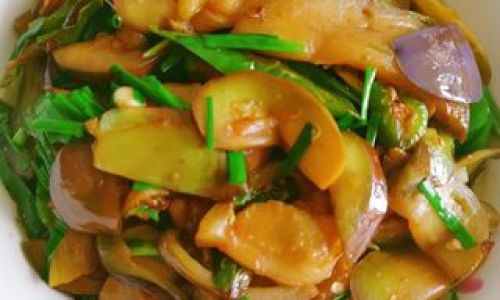
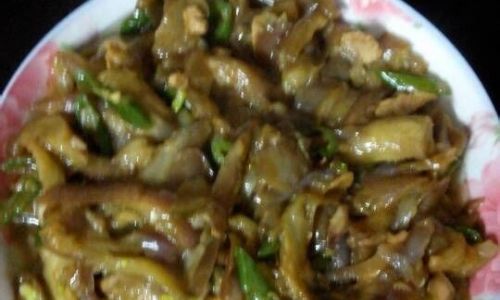
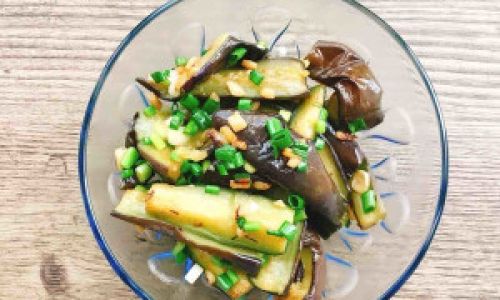
0 comments